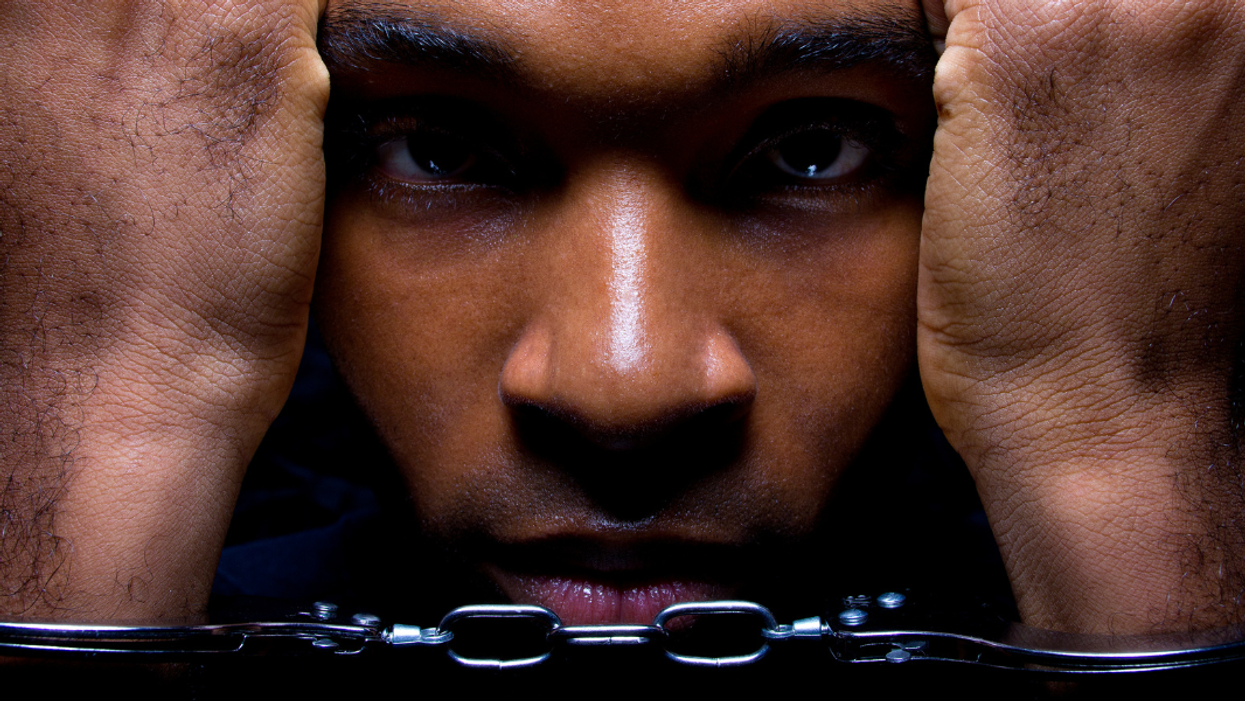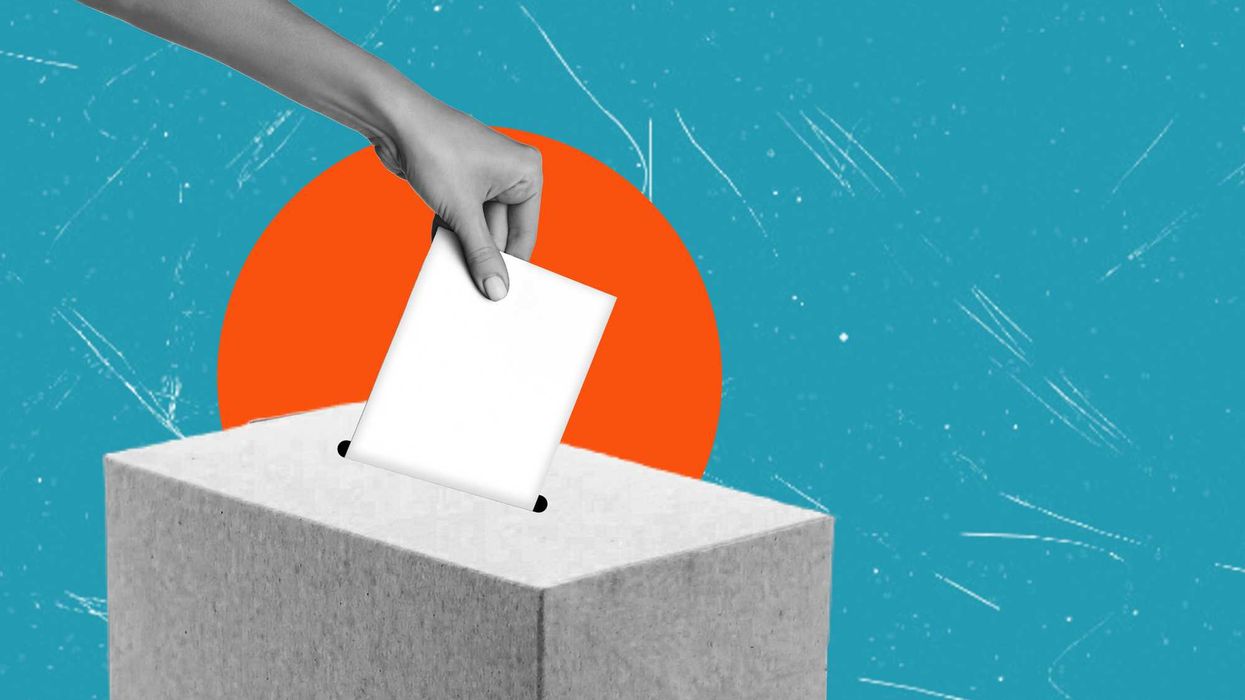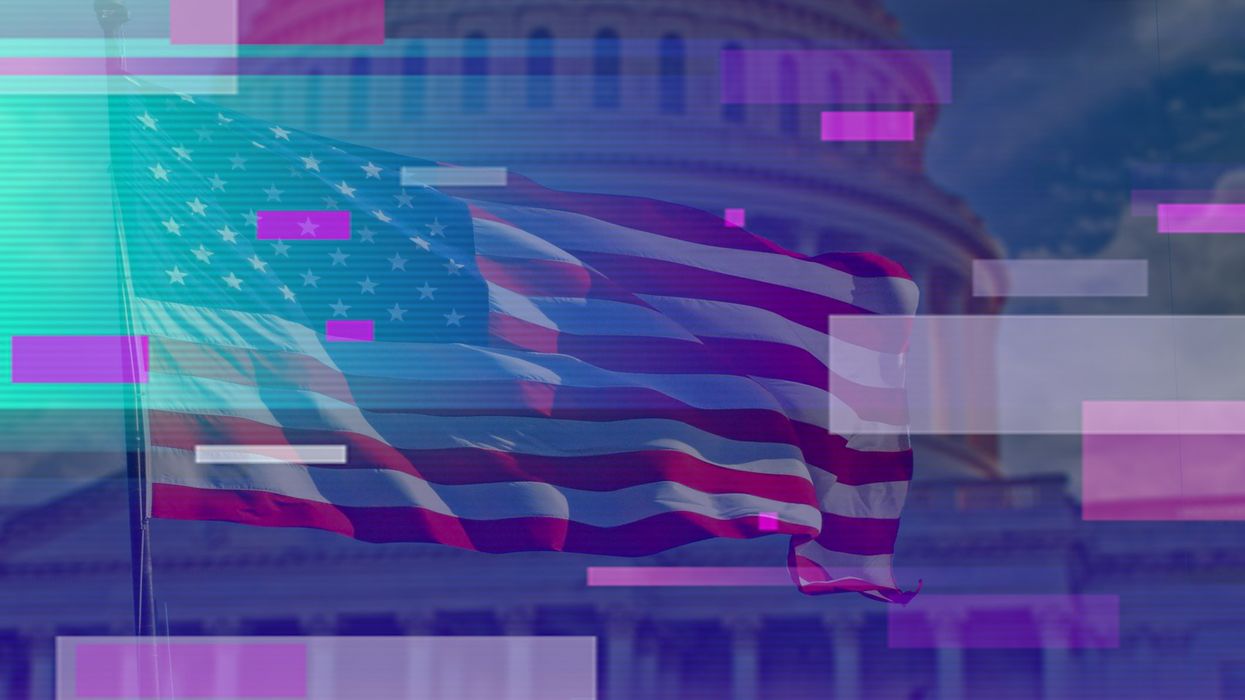Angela Hattery is a Professor of Women & Gender Studies and Co-Director of the Center for the Study & Prevention of Gender-Based Violence at the University of Delaware. Earl Smith is a Professor at the University of Delaware focusing on the sociology of sport, social stratification, criminal justice and race. Both Angela and Earl are member sof the Scholars Strategy Network.
Solitary confinement—the practice of putting incarcerated people alone in small cells to drastically limit their interactions with others—is commonly applied as a means of further punishing people who are incarcerated for transgressions or “misconducts” committed within the jail, prisons, or any other detention facility. Prison officials also argue that solitary confinement is an important tool for ensuring safety: protecting imprisoned people from harm and violence from their peers. Regardless of its intent, solitary confinement is increasingly agreed to be inhumane by a variety of professionals, researchers, and the general public.
Our research further illuminates how the application of solitary confinement mirrors the entrenched patterns of racism that have resulted in the disproportionate imprisonment of Black men that fuels mass incarceration in America; that is, the white supremacist foundations of U.S. law enforcement that condemn more and more Black people to prison are replicated within the prison itself, where incarcerated Black men are subject to even greater punishment and inhumane treatment at disproportionate rates.
Racial disparities that drive mass incarceration continue in the invisible prison within a prison that is solitary confinement. Inside of prison, Black people are more likely to be held in solitary confinement, even though there is no evidence that they are more likely to commit misconducts that send them to the “hole,” as solitary lock-up is commonly called. Furthermore, our in-depth research reveals that specific structures of solitary confinement serve to produce and reproduce white racial resentment among the overwhelmingly white staff who work in prisons.
Even those who complete their prescribed sentences and manage to make it out of prison, whether or not they experienced solitary confinement while there, are subjected to long-term effects that mirror and reproduce racial disparities, including obstacles to employment, voting, and accessing social welfare programs like funds from Temporary Assistance to Needy Families (TANF) and access to public housing. Sociologist Devah Pager’s 2003 experiment (where she found that among a group of young men posing as job applicants, Black men were only half as likely as white men with the same qualifications to receive a call-back) reveals that all men with felony drug convictions face barriers to employment, but that Black men without a felony drug conviction are even less likely to be hired than white men with a felony drug conviction. Racial disparities in punishment persist after sentences have been served and persist within prisons in the form of solitary confinement.
The primary evidence-based explanation for racial disparities in incarceration is the fact that Black people are disproportionately poor and unable to pay for the same services that white people can, including quality education, decent housing, and medical and mental health care. Many behaviors that the United States criminalizes are entailments of an individual’s inability to afford adequate education, housing, or health care—and the gutting of programs meant to make those services more affordable and attainable further propels the growth of the carceral state.
Prisons transitioned from their function of protecting society from those who posed a threat, to largely housing people who were not able to survive without safety-net and mental-health support. Our research on solitary confinement revealed that a similar transformation took place in this prison within a prison: No longer was solitary confinement reserved for the “worst of the worst” (those who threatened the safety of other prisoners and correctional staff); today, the majority of the 120,000 or so people incarcerated in solitary confinement are there for minor rules infractions or behavioral management problems. Just as we have dumped poor people into prisons for engaging in survival behaviors—stealing small amounts of food or goods, selling small amounts of drugs, engaging in sex work—we doubly incarcerate poor prisoners who engage in similarly innocuous behavior on the inside—like “loansharking” in commissary items to boost their daily caloric intake or offering services such as sewing or cell cleaning in exchange for commissary items.
Similarly, just as we have “managed” people with substance abuse and/or mental health issues by locking them in prison instead of providing appropriate rehabilitation or treatment in a psychiatric hospital, estimates are that at least half of the people we lock in solitary confinement are incarcerated there to “manage” their substance abuse and/or mental health. Rather than providing treatment in the general population, people with mental health issues are confined in isolation as punishment—as if isolating someone who is in fact struggling with mental illness will encourage them to “act better.”
The prison population can and ought to be reduced in two ways: decarceration and decriminalization, and investment in non-carceral social institutions. That is, policymakers can decide to release incarcerated people who are in prison because they need services that are inadequately provided outside prison (decarceration), and reduce the number of people who are sent to prison in the first place by providing them with the services they actually need to address their needs (decriminalization.) Specific legislative actions include replicating the federal First Step Act and the Fair Chance Act, which gives federal prisoners a chance for a new lease on life, at the state level. Additionally, 2010’s Fair Sentencing Act sought to address discrepancies between sentences for crack and powder cocaine possession that could be made to apply to other substances in order to reduce glaring racial disparities.
We could choose to only convict persons for the most serious crimes that threaten public safety: homicide, aggravated assault, sexual violence, and robbery. We could choose not to lock up people whose primary offense is drug or alcohol or mental health-related activities (stealing food because of poverty, sleeping in the park because of homelessness, acting in disturbing ways because they suffer from mental illness), or because they need all types of health care. And as we begin the process of shifting our massive incarceration system toward these practices of decarceration and decriminalization, we could choose not to torture people who are serving a prison sentence with the inhumane practice of solitary confinement.
In his July 14, 2015 speech at the NAACP National Convention, former President Barrack Obama did not simply point to “studying” solitary confinement; he asked his Attorney General Loretta Lynch to conduct a review of “the overuse of solitary confinement across American prisons.” He went on to note that the review was not simply to understand how, when, and why correctional facilities isolate certain prisoners from the general inmate population, but also to develop strategies for reducing the use of this practice throughout our nation’s criminal justice system.
Prisons are supposed to make us safe. Solitary confinement is supposed to make us safer. Neither is true. Abolishing solitary confinement now does not solve the problem of mass incarceration, but it is one critical step in the necessary moral awakening that can bring about actual justice.

























